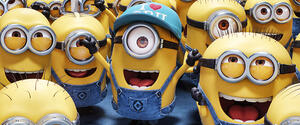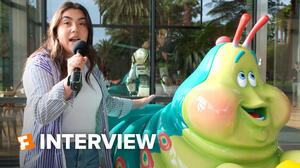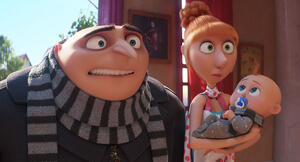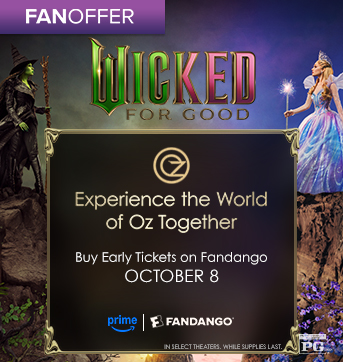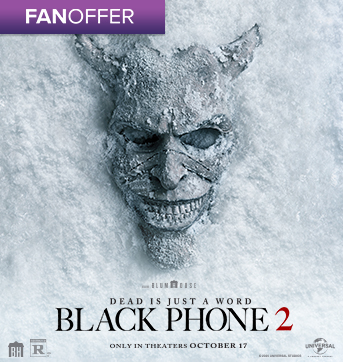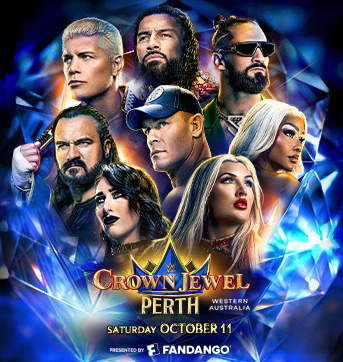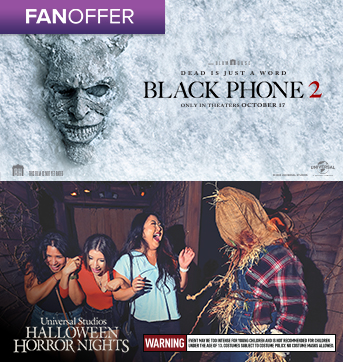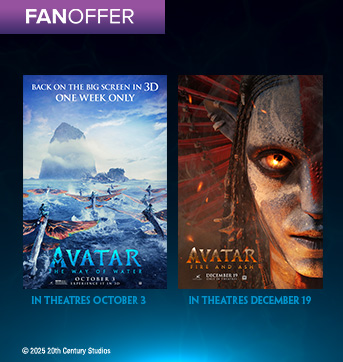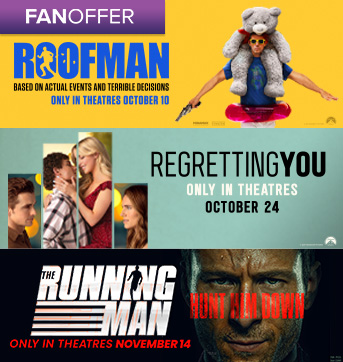
The book is always better.
You have heard it before. You may have even said it. To be fair, we have had far too many reasons. The book-to-movie transitions, with a few notable exceptions like To Kill a Mockingbird or The Shawshank Redemption, have, for years, fallen short of readers and their great expectations. We have all walked out of the theater shaking our heads about things left out, storylines altered, and the “how could they do thats” that ruined every bit of faith we ever had in the world. We were upset, and only our book club understood.
Thankfully, that has changed. The Harry Potter series made the move swimmingly. The Lord of the Rings trilogy thrilled the masses. Then the floodgates opened and now the cinema is awash in the golden age of book-inspired films, and everyone—the readers, the authors, the viewers, the studios—is happy. What changed? Perhaps it is as simple as the way we look at things.
The movie is always different.
That doesn’t mean that one is better than the other, rather they are two separate versions of the same story, being told through two very different mediums, and we, the audience, are receiving both with open arms. It is a good thing.
But wait. Before everyone starts hugging each other, there is one very important rule that must be followed: Always read the book first. I cannot stress this enough. Reading a book before the film fills your head with the things left unspoken, the scenes cut, the backstory never mentioned—you watch the film knowing the secrets that only the characters know, and you are able to see the soul of it all.
To do it in reverse, that is to read the book after you have seen the film, overrides the wonder of your own imagination. The way you picture a person, a place, a thing, no longer depends upon your sense of creativity, but rather the actors, sets and props that have already brought it to magical life. The movie does the work for you, leaving your mind to wander off the page and into daydreams of heartthrobs, starlets and tech undeveloped, which is a pretty awesome detour, but give the book its moment.
Reading the book first is particularly important for kids, especially those who need a bit of prodding to crack one open. Yes, we all know that the book will prove its own reward within a matter of pages, but compounded with the sentiment above, the insight garnered from the written word that they can later apply to the film, that is next-level stuff. Kids love next-level stuff.
For example, my 11-year-old son really wants to see The Maze Runner. We all do. So I read the book by James Dashner, which I loved, and now my son is reading it, too. Then I read the rest of the trilogy, because how could I not? My son is right behind me.
And herein lies another great reason to ensure that kids read the book before seeing the movie—there are some pretty crazy things in The Maze Runner: monsters, pain and the stuff of nightmares—crazy things that he has already read, digested, thought about, pictured and come to terms with well before they are bigger than life on the screen before him. Reading the book first allows him to be better equipped, ready to face the scares that the movie holds, and perhaps, just maybe, find the strength to sit with his eyes uncovered while they terrorize the screen.
If he wants to hold my hand I’m totally cool with that.
Sharing stories with our children helps create memories that last a lifetime, and now, thanks to Hollywood turning wonderful books into fantastic movies, we can share them twice as often.
We will probably share some popcorn, too.
Whit Honea is the author of The Parents’ Phrase Book and his personal website the Honea Express. He lives in Los Angeles with his wife, two sons and too many pets.

